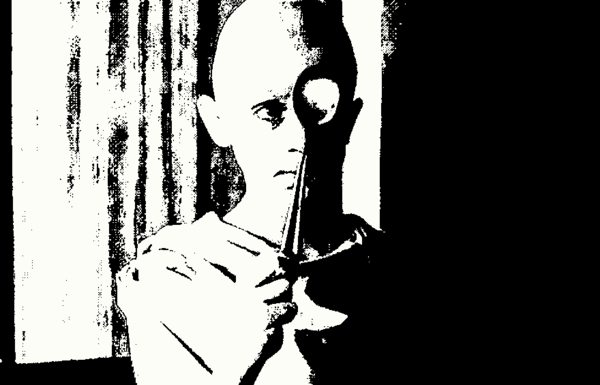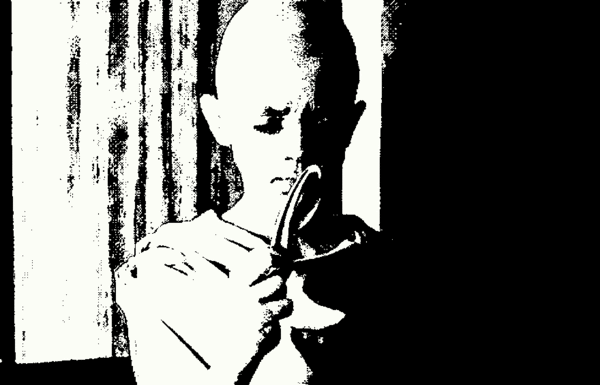This is an old revision of the document!
On hammers and sandcastles
We build a sandcastle. Patiently trenching the ground dry then moist, lifting a cupped hand, drizzling sand, a flick of the wrist, and pat, pat, patting the walls into shape. Oh, enchanting sandcastle, here you are, as if you had always been there. But… , sandcastle, what are you made of? Are you made of our imagination or just grains of sand? Like computers. Are you a computer? and what does software eat?, sand? No answers and soon the castle's foundations wash away with the rising tide.
Humans consider themselves unique for their use of so-called tools. Tools are objects in innumerable shapes and here to help accomplish particular tasks, extending humans' physical abilities, outsourcing their mental capacities or modifiying their surrounding: lengthening the reach of an arm, accelerating the speed of travel, communicating on long-distance, recording ideas, keeping warm. These tools ought to be at one's unconditional command, but there is a law that questions the power structure between a tool and its operator, called the law of the instrument. This law states that making use of a tool we “tend to formulate our problems in such a way that the solutions to those problems demand precisely what we already happen to have at hand.” In other words, we tend to overly rely on a tool we know and are familiar with. Yes, it is tempting, if the only tool you have is a hammer, to treat everything as if it were a nail.
So, who is operating who? Is it the hand gripping the hammer? or, is the wooden stick swinging the hand?
Throughout the seminar On hammers and sandcastles we will conduct experimental research on tools, their ways of being employed and ways of employing us. There won't be any professional and we will look for questions, rather than answers. At best, this seminar will be a junk playground, designed by autonomous work, leaving practical and impractical objects to the disposal of future students.
There won't be any boundaries to the fields of graphic or product design and the term tool should be understood in its broadest sense (see Tools for Conviviality and can include:
- simple hardware, a hammer, broom, or pencil;
- complex machines, a bike, plotter, printer, car, or electronic circuit boards;
- tangible structures, a chair, building, or roads;
- and intangible structures, language, software, educational institutions, or political systems.
And, what is an experimental research?
An experiment is an experience (to find out about). It can be used in two ways to proof, or to try…
… to support or to refute a behaviour of something we expect, …
… or to determine the result of something previously untried.
In this seminar we will go both ways. In a first part, you will choose one or several existing tools and investigate them. Where do they come from?, what do they do?, how do we use them?, how do they use us? Take those tools to pieces.
In the second part, you choose a tool and modify it, or create a new one, from scratch; and work towards something that will stay at the HfG Karlsruhe for the use of its future students. It can be a tool itself, a manual for using or misusing an existing structure, a report, practical, impractical, related to any so-called discipline, located in a classrom, the drawer of a workshop, the toilets, at a staircase, or, …, wherever.
During the seminar days we will exchange about our research, there will be punctual exercises, screenings and woodwork. There is also this collective skrammelWiki for everyone to read, write and override.
“Play has something to do with attacking life in an unconventional manner.” (from Early experience from Emdrup)
At best, this seminar will be a junk playground.
(a result is the outcome or consequence of a sequence of action or events)
^
|
\
\
|
| / ----> result
>>> thought >>>>>
r ^ V __> result
e <---^ loop V --------/
s ^ V
u <<<<<< tool <<<<<
l \
t |_________--\
|
\
V
result

